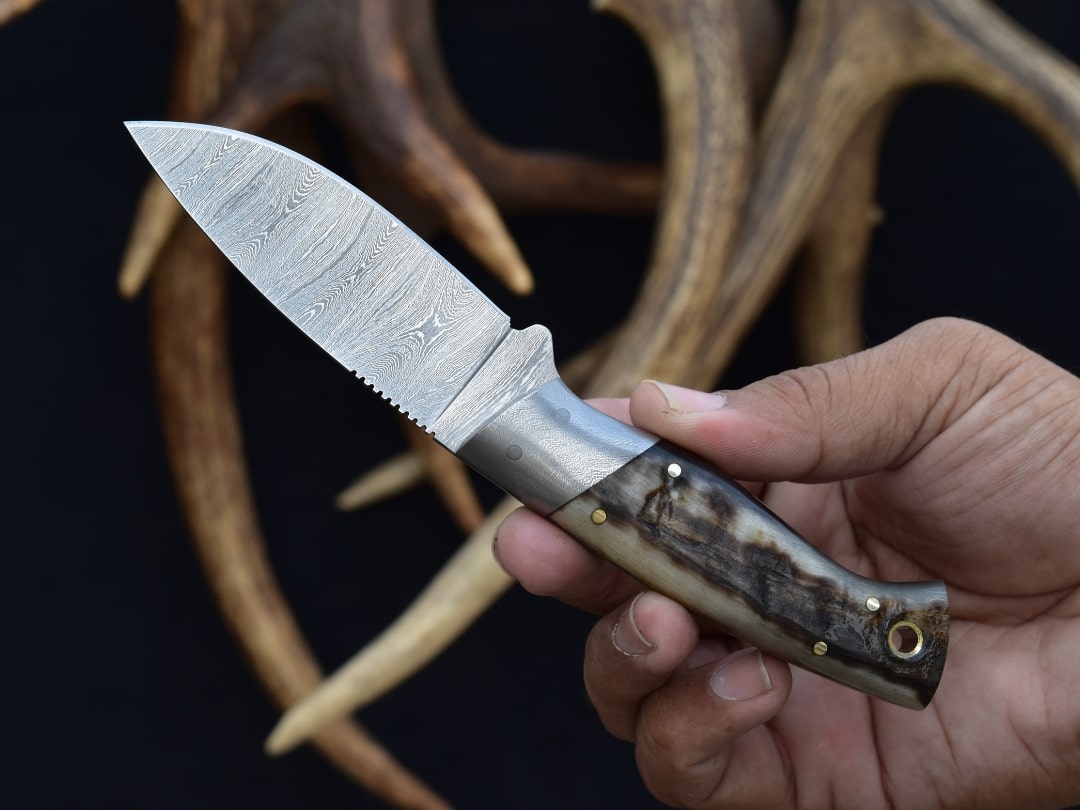In the culinary world, having the right tools is essential for any kitchen professional. Among these tools, fixed blade knives play a crucial role. But how well do you know the different fixed blade knife types available for professional use? This article aims to guide culinary enthusiasts and professional chefs through the myriad of options available. From the trusty chef's knife to more specialized types, understanding each knife's purpose and strengths can elevate your culinary creations.

The Versatility of Fixed Blade Knives
Fixed blade knives are often revered for their strength and reliability. Unlike folding knives, fixed blades do not have any moving parts, making them sturdier and more durable for long-term use. Professional chefs often rely on these knives not just for their durability but also for the precision they offer. Whether you're slicing, dicing, or chopping, knowing the distinct fixed blade knife types can significantly affect your kitchen efficiency and dish presentation.
Exploring Different Fixed Blade Knife Types
Here, we delve into some popular fixed blade knife types that every kitchen should consider.
Drop Point Knife
The drop point knife is characterized by a convex curve along the spine, leading to a strong and versatile point. Known for its robustness, its particularly useful in intricate slicing tasks and controlled chopping motions. Learn more about this at Drop Point Fixed Blade Knife.
Tanto Blade
Originally inspired by Japanese swords, the tanto blade features a sharp, angular point that excels in piercing tasks. Its unique design offers exceptional durability, making it ideal for robust kitchen challenges. For detailed information, check the Tanto Fixed Blade Knife.
Clip Point Knife
With a crescent-shaped curve to the spine and a fine tip, the clip point knife handles well for precision tasks and delicate cutting. Its a favorite among chefs who value control and accuracy. Discover more about its uses at Clip Point Fixed Blade Knife.
Choosing the Right Fixed Blade Knife for Your Kitchen
Understanding the diverse fixed blade knife types is only the first step. Selecting the right knife depends largely on the specific tasks you encounter in the kitchen. Here are a few tips to guide your choice:
Consider the Task
Consider what you intend to use the knife for. Precise cutting tasks require a different blade style than rapid chopping or heavy-duty slicing. Each type shines in specific culinary roles.
Handle Comfort
A well-designed handle ensures a firm grip, reducing fatigue during prolonged use. Test different handles to find the one that best suits your hand size and comfort level.
Conclusion
In the esteemed ranks of culinary equipment, fixed blade knife types stand out for their stability and precision. Whether used for their versatility or specific culinary roles, having an array of these knives can hone your craft to professional standards. Don't overlook their importance when stocking a professional kitchen.
For a detailed comparison, check out this comprehensive guide on fixed blade knives and their myriad uses.

FAQ
What distinguishes a fixed blade knife from a folding knife?
A fixed blade knife is solid and non-foldable, providing greater durability and strength compared to folding knives.
Can fixed blade knives be used for all types of kitchen tasks?
While they are versatile, specific tasks may require a specialized knife type for optimal results.
What maintenance do fixed blade knives require?
Regular sharpening and proper storage are essential to maintain their precision and longevity in kitchen environments.
This article contains affiliate links. We may earn a commission at no extra cost to you.


























